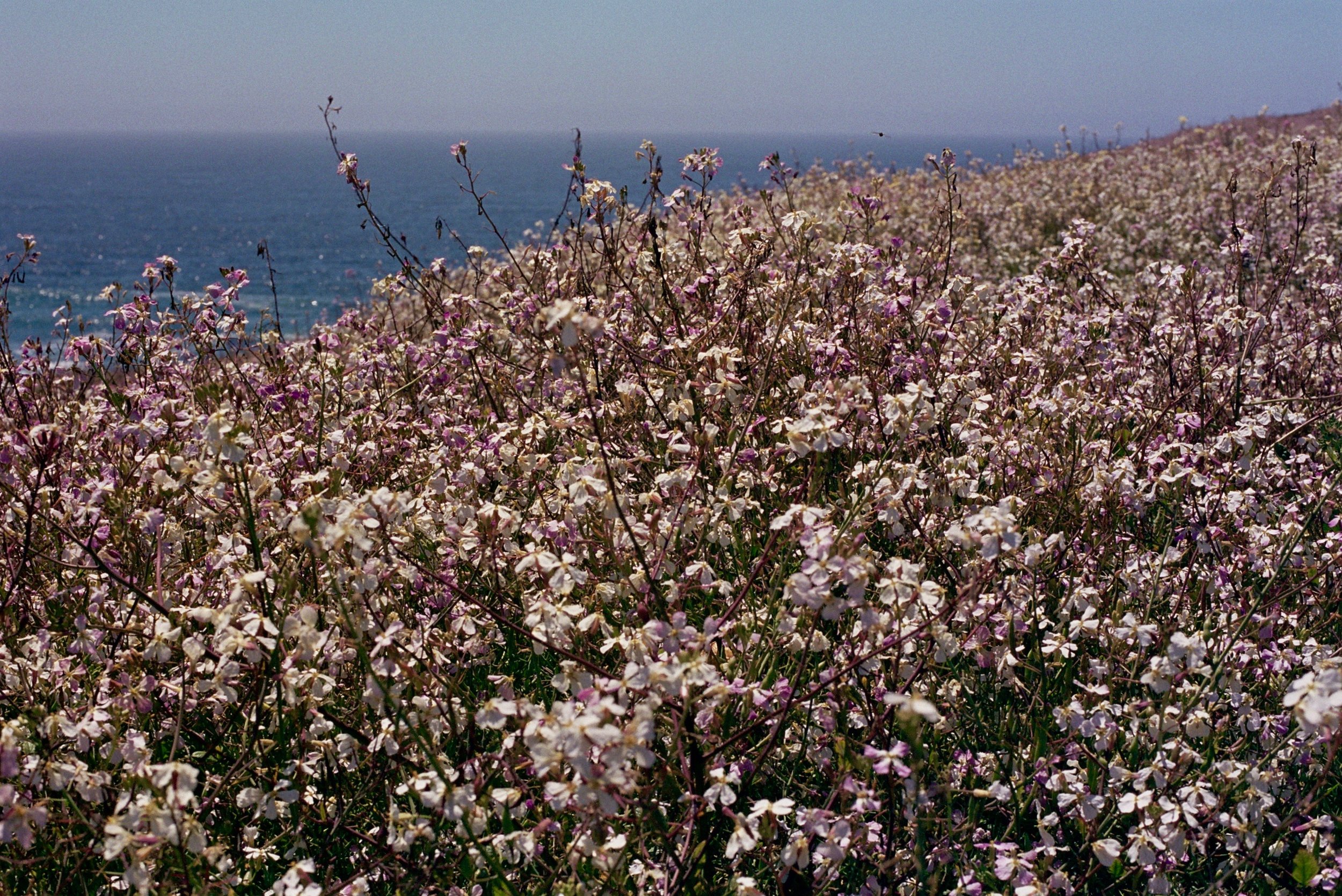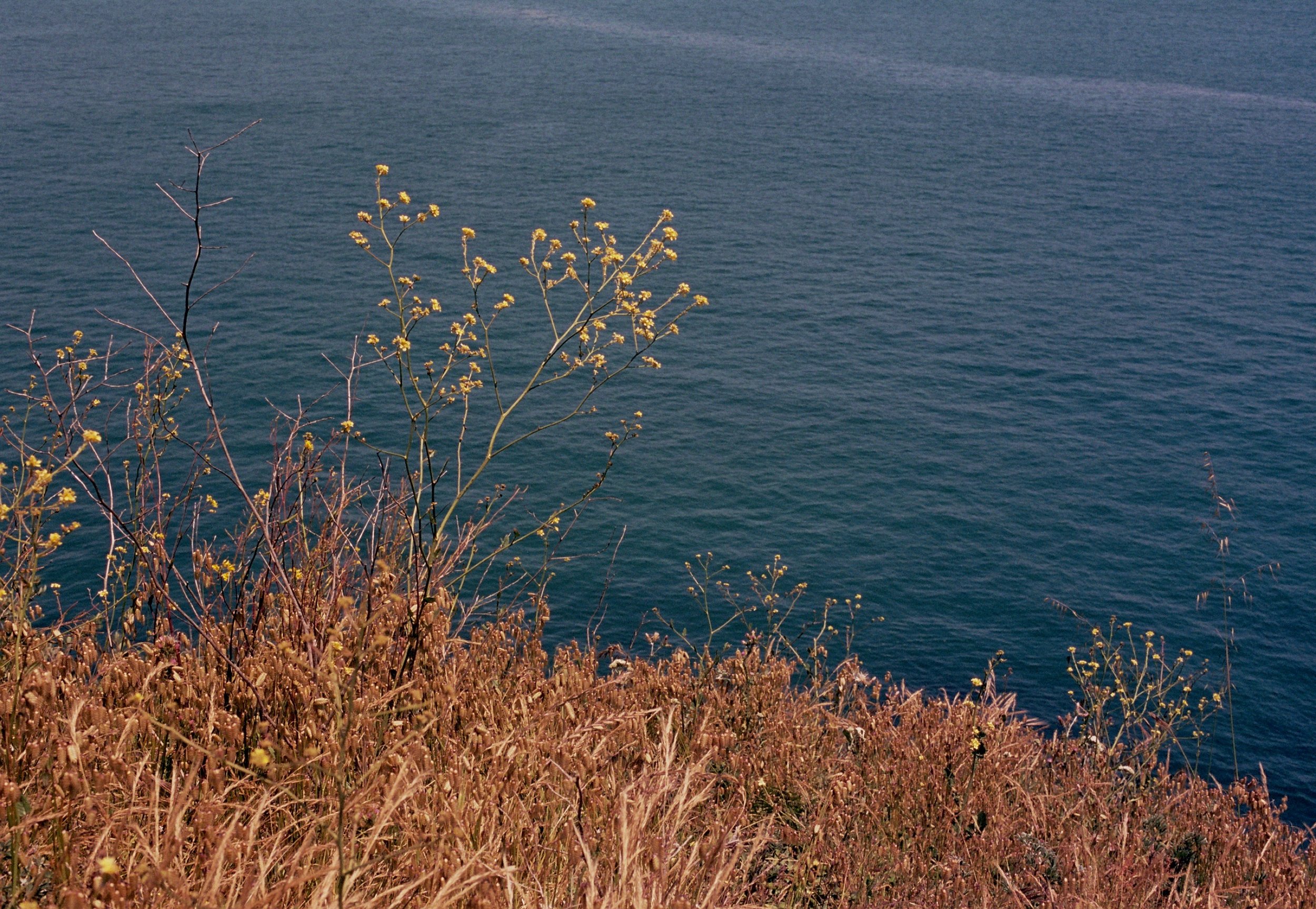Life is a circle: The Nikon F100
Nearly nine years into my rediscovery of film photography, I can safely say that I've learned a few things. I'm pretty sure that I am becoming a more competent photographer technically. My choices of subject matter and composition skills are getting better. I think I'm developing my own personal style. And I've experimented with a wide enough variety of hardware to know what I like and what I don't. Experience and more self-awareness has prompted me to re-think a few cameras I dismissed over the years.
Early on, maybe 2010 or so, I picked up a Nikon F100 camera for cheap on eBay. I don't even recall what prompted me to buy it. Besides putting some batteries into it, fitting a lens and dry firing it, I can't find any evidence that I ever ran a roll of film through it. I do remember, around the same general time, my interest shifting to 1970s vintage mechanical SLRs and selling the F100 for a bit of a profit, investing the proceeds into one of my first Nikon F2 bodies.
Sentiment was certainly a big part of my initial attraction to the F2. It was the camera I lusted over as a teenager, staring at it through the glass display case at Tuthill's Camera in Binghamton, New York and in the pages of Modern Photography. When I finally got my own F2 nearly four decades later, it started me on an enjoyable journey of trying many of the legendary cameras of the film era, which today are so very affordable.
From time to time though, I've thought about that F100. Most recently, a travel piece in Casual Photophile, featuring some great shots done with the author's F100, gave me the nudge I needed to acquire again and finally shoot the Nikon F100. Life is indeed a circle.
Nikon F100 with my 50mm f/1.4 AF-D Nikkor
Of all of the film cameras I've looked for online, my F100 hunt didn't take long. Arriving late in 1999 at the dawn of the digital era, Nikon sold lots of F100s and my theory is that photographers didn't fire off many shots in them before trading their F100 in for a DSLR. Today, for just a few hundred dollars, you can find a pretty minty F100 on eBay and for a little more, one like mine that was still in its original box. I have a few prime Nikkor AF-D lenses for my F4 that are right at home on the F100, so it didn't take me long to take the Nikon for a test drive.
Nikon's pro F5 had been out for about three years when the F100 arrived on store shelves. Billed as a less expensive but still plenty capable pro-sumer camera, the F100 packs most every feature found on the F5 in a smaller, lighter package. That's the first thing I noticed when unboxing my F100--the camera feels great in the hand! Small-ish, light and with a nicely recessed hand grip. With my 50/1.4 AF-D lens mounted, the F100 is superbly balanced.
If you are a film photography enthusiast, the F100 offers up most everything and anything you could want:
- Manual, aperture-priority, shutter-priority and programmed auto-exposure modes
- Choice of 3D Matrix, center-weighted or spot metering
- Shutter speeds to 1/8000th of a second
- Auto film loading and built in motor drive (up to 5 fps)
- User-custom settings
- Accepts most every Nikkor lens ever made
The F100 is powered by four AA batteries. This is nice. You can find AA batteries most everywhere. Ever since the F4 I think, Nikon cameras have offered an auto film loading system that is pretty much fool-proof. Open the back, insert the cartridge, pull the leader across to the red line, close the back, push the shutter release button once and the film winds on and advances to the first frame. If you are new to film photography, this very feature might be a good reason to buy an F100 era Nikon film camera. It's hard to mess up film loading when the camera does most all of the work.
I loaded some Kodak Portra 400 film into the F100. The camera automatically reads the DX code from the film canister. You can override this feature if you want, but for my first time, I let the camera do its thing...shoot at the box speed and set the camera for full programmed auto exposure. Off to the nearby Bodega Head hiking trail head where a small crowd had gathered to do some whale watching.
And fellow photographers with their big zooms at the ready.
Texting someone? Or uploading a great smart phone shot to Instagram?
These were the last of the spring wildflower blooms on the north coast. I've been on this same trail since and they're gone for another year.
You can see a fellow hiker up in the very top left of this shot. It shows the scale of the place. I am very fortunate to live so close to an awe-inspiring hiking spot.
With the F100 set to do all of the heavy lifting, I was free to click away and enjoy the hike.
The F100 performed without fault. Matrix metering nailed every shot, even under mid-day bright sunshine. The camera's big viewfinder (with built in diopter correction) is extraordinary with exposure information clearly readable even in the brightest light. I hiked three miles that day and the camera was comfortable over my shoulder on the Think Tank gripper strap.
I've only played around a little with a Nikon F6 in a camera store, so I can't competently compare the F100 to Nikon's last pro film body, but I will go out on a limb here and say that I think the F100 might be the best ever Nikon film camera. The F100 is a powerful machine, certainly the culmination of everything Nikon learned during the analog era. Best of all, they offered all this picture taking technology in an AFFORDABLE package. That, in my opinion, is what makes the F100 the best ever Nikon film SLR.
As a final footnote, even if I had shot dozens of rolls in my first F100, I don't think I would have come to this same conclusion then. Shooting my way through the Nikon F2, F3, F4 as well various Pentax, Olympus, Canon, Contax and Minolta film cameras, I think, has made me keenly aware of what an achievement the F100 was for Nikon. It is a truly great camera!













